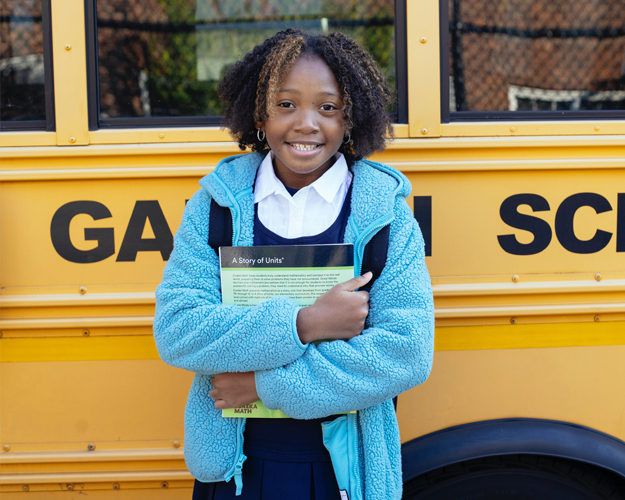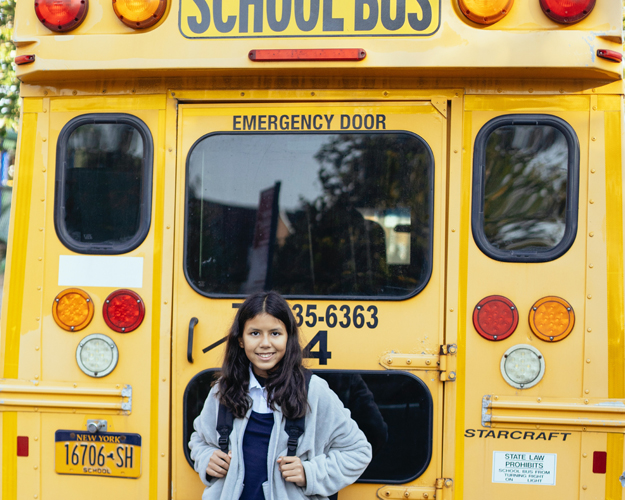
Whether your child has Autism or not, taking time to prepare them for the school bus can make their morning routine go a little more smoothly. Some challenges that children with Autism might face when riding a school bus can stem from having to listen to the bus driver, follow bus rules (which are different than a classroom, so that can be confusing), sitting next to students in a small space, and the noisiness of a bunch of kids in one vehicle. All of this stimulation can be overwhelming for children with ASD, so we’ve developed some tips to help manage those challenges and prevent fear or problem behaviors.
1. Establishing the Routine: Talk to your child about where, when, and how they will get on and off the school bus. Use visual aids, such as visual schedules and clocks to help them understand what to expect in this new routine.
2. Expecting the Unexpected: Talk to them about what typically can happen while riding a school bus. Bring up scenarios and ways to react when something unexpected might happen. Teaching stories are a great way to prepare your child for something they have never experienced before. It provides visuals and a kid friendly use of vocabulary to describe situations that are a little more complex.
3. Incorporating Individualized Supports: Children with Autism can be overwhelmed from a sensory standpoint, so describing the features and environment of a school bus can be helpful. Figure out the way your child responds to senses of light, sound, touch, pain, and balance, and accommodate to those sensory needs. For example, headphones or fidgets can cater to overstimulation and reduce stress while riding the bus.
4. Offer Encouragement and Support: Remind your child that the school bus can be overwhelming for everyone, and they are not alone. Talk to them about adults at the school they can go to for support and remind them that the school bus will get them home safe and sound every day!
5. Look Into School Supports: Depending on the type of school bus your child rides, there may be accommodations available through your school system. Schools also might offer trial runs, which can be a great way to introduce the bus before the first day of school. Individualized Education Program Staff are your best source of help when looking for this type of accommodation.
6. Connect Your Child with their School Community: Do your best to have teachers, bus drivers, and even other children get to know your child! School can be a scary place for some and having friendly faces and people looking out for your child can always be beneficial.

While these strategies can help children with Autism travel to and from school on the bus, a traditional classroom environment is not the ideal environment for some. We developed Merlin Day Academy for children that need a more supportive, sensory friendly learning environment. Merlin Day Academy provides special education in a unique, sensory integrated therapeutic environment for children ages 6-14 with neuro-diverse learning needs including those with autism, down syndrome, and intellectual, learning, or emotional disabilities. Our sister company, Eyas Landing’s therapists, provide occupational therapy, applied behavior analysis (ABA), developmental therapy, physical therapy, speech therapy, language therapy, nutrition, and feeding therapy services to Merlin Day Academy students to provide them with an ideal environment for learning.
